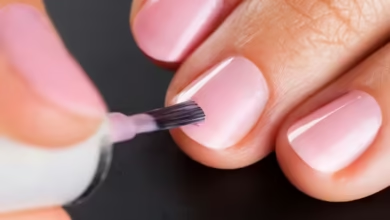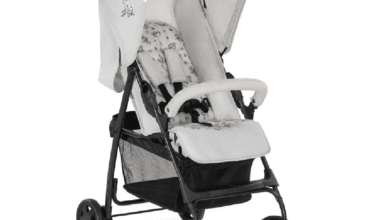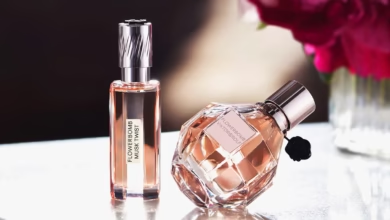Best Skirting Board – Top Styles, Materials, and Finishes for Every Home
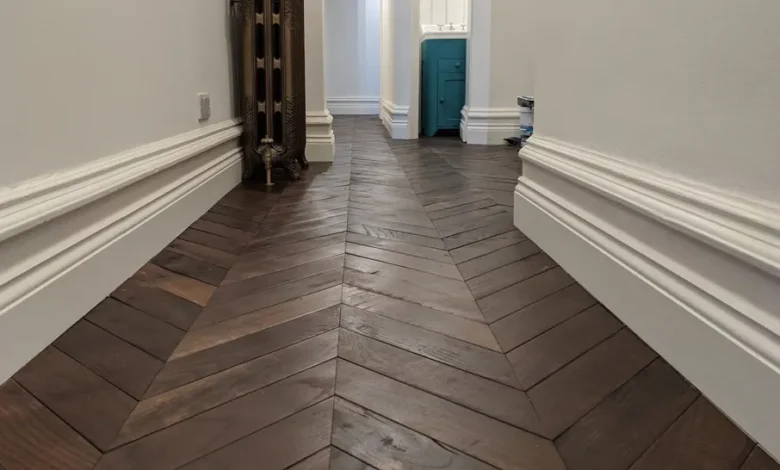
Skirting boards might seem like a small detail in a room, but they make a big impact on the overall aesthetic and function of your home. Acting as the finishing touch between walls and flooring, skirting boards protect surfaces, conceal gaps, and add an element of architectural character. Whether you’re renovating your home, designing a new space, or simply replacing old fittings, choosing the best skirting board can completely transform your interior’s appearance.
In the UK, skirting boards have become an essential element of home décor, blending practicality with design. They’re available in a wide range of materials, heights, and profiles — from sleek, modern lines to ornate, traditional styles. The right skirting board not only enhances your room’s appearance but also complements flooring and wall colours seamlessly.
This comprehensive guide will walk you through everything you need to know about choosing the best skirting board — from materials and styles to installation and maintenance tips — helping you make a confident, informed choice that elevates your space.
Understanding Skirting Boards
Skirting boards are horizontal panels installed at the junction where the wall meets the floor. Their primary purpose is to protect walls from scuffs, moisture, and furniture damage while concealing uneven edges or gaps. Beyond this, they contribute significantly to your interior’s visual appeal, providing a polished and cohesive look.
The right skirting board ties together your flooring and walls, serving as a subtle yet powerful design element. In modern homes, they can also serve functional purposes like concealing electrical wiring, providing a tidy solution that maintains your home’s sleek aesthetics.
Choosing the best skirting board isn’t just about looks — it’s about finding the right combination of durability, cost-effectiveness, and design harmony. A well-chosen skirting board can enhance the sense of proportion in a room, drawing attention to height, depth, and architectural flow.
Types of Skirting Boards
Based on Material
Skirting boards come in a variety of materials, each offering unique benefits. MDF (Medium Density Fibreboard) skirting boards are the most common choice in UK homes. They are smooth, cost-effective, and easy to paint, making them perfect for both modern and traditional interiors. They’re also resistant to warping and provide a consistent finish.
Solid wood skirting boards, on the other hand, offer a timeless, natural appearance. Popular options like oak and pine bring warmth and richness to your space. Though more expensive, wooden boards can be sanded, refinished, and stained multiple times, adding long-term value.
For high-moisture areas such as kitchens or bathrooms, PVC or plastic skirting boards are ideal. They are water-resistant, easy to clean, and available in various colours. Meanwhile, metal and vinyl skirting boards are emerging as contemporary choices for industrial or minimalist spaces, offering durability and modern appeal.
Based on Style and Design
When it comes to design, the best skirting board style depends on your home’s personality. Torus and Ogee profiles suit classic interiors, adding a sense of depth and sophistication. Square Edge and Bullnose profiles, however, are sleek and modern, perfect for minimalist homes. Chamfered and Bevelled styles strike a balance between simplicity and style, blending well in transitional designs.
For homeowners seeking something truly unique, custom mouldings allow complete creative freedom. They can be tailored to match period properties or add intricate detailing that enhances architectural character.
Choosing the Best Skirting Board for Your Home
Matching with Flooring and Walls
Your skirting board should complement both the flooring and the walls. For wooden floors, consider matching tones to create harmony. White or light-coloured skirting boards contrast beautifully with dark floors, adding a striking visual balance. If your walls are painted in bold hues, a neutral or off-white skirting board provides a subtle transition.
Painted or primed skirting boards offer flexibility, allowing you to refresh the colour whenever you redecorate. Gloss finishes give a polished look, while satin or matte finishes create a softer, contemporary feel.
Determining the Right Size and Height
Skirting board height plays a major role in the room’s proportions. Taller skirting boards (150mm–200mm) suit high-ceilinged spaces, lending an elegant, grand aesthetic. For smaller rooms, shorter skirting boards (70mm–100mm) help maintain visual balance without overwhelming the space.
Budget and Durability Considerations
When choosing the best skirting board, balance quality with cost. MDF is affordable and low-maintenance, making it a popular choice for most homeowners. Solid wood is more costly but offers unmatched durability and natural appeal. For long-lasting performance in humid environments, PVC options are ideal. Consider sustainability too — many UK manufacturers now offer eco-friendly MDF and FSC-certified timber skirting boards.
Installation and Maintenance Tips
Installing skirting boards is relatively simple but requires precision. Start by measuring your walls accurately and cutting the boards at the correct angles. Use adhesive or nails depending on wall type and finish the joints neatly with filler. While DIY installation is possible, hiring a professional ensures a seamless finish, especially for intricate mouldings or uneven walls.
Once installed, skirting boards can be painted or varnished to match your décor. Always sand and prime before painting for smooth coverage. Gloss finishes are durable and easy to clean, whereas matte finishes suit minimalist interiors.
Maintenance is straightforward — regular dusting and occasional wiping with a damp cloth keep your skirting boards looking new. In high-traffic areas, consider protective coatings or corner guards to prevent scuffs.
Popular Skirting Board Trends in the UK (2025 Edition)
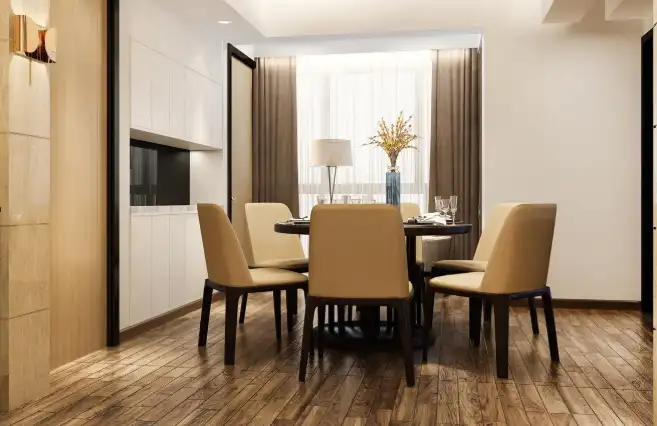
The best skirting board trends for 2025 focus on clean lines, sustainability, and smart integration. Minimalist square-edged profiles are gaining popularity in modern homes, offering a crisp and streamlined appearance. Colour trends are also evolving — homeowners are moving beyond traditional white and experimenting with greys, creams, and deep tones like navy or charcoal.
Eco-conscious materials such as recycled MDF and responsibly sourced timber are on the rise. Hidden cable skirting boards are another trend, allowing seamless wire management while maintaining style. Whether you prefer traditional charm or modern sophistication, the key trend is customization — creating a skirting solution that reflects your unique taste and home environment.
Common Mistakes to Avoid When Choosing Skirting Boards
One of the biggest mistakes homeowners make is selecting the wrong size. Oversized skirting boards can make a small room feel cramped, while undersized ones can look lost in larger spaces. Always consider ceiling height and wall proportions before buying.
Another common error is mismatching materials or colours with flooring. For instance, pairing dark wooden floors with equally dark skirting can make a room appear smaller. Aim for contrast to create depth and definition. Additionally, ensure moisture-resistant materials are used in bathrooms and kitchens to avoid long-term damage.
Conclusion
Choosing the best skirting board involves more than just picking a design you like — it’s about finding the perfect balance of aesthetics, durability, and practicality. Whether you prefer modern MDF, rustic wood, or contemporary PVC, the right skirting board will protect your walls, complement your flooring, and enhance your room’s overall style.
By understanding materials, sizing, and current trends, you can make a smart investment that elevates your home’s appearance for years to come.
Frequently Asked Questions (FAQs)
What is the most durable type of skirting board?
Solid wood skirting boards are the most durable and long-lasting, though MDF offers excellent stability at a lower cost.
Can I paint MDF or PVC skirting boards?
Yes, both materials can be painted with suitable primers and finishes to match your interior décor.
How tall should skirting boards be?
Standard skirting boards range between 100mm–150mm, but taller options suit high-ceilinged or traditional spaces.
Which skirting board suits modern homes?
Square-edge and bullnose profiles are ideal for modern, minimalist designs.
Are there moisture-resistant skirting boards?
Yes, PVC and waterproof MDF skirting boards are perfect for bathrooms and kitchens.
You May Also Read: Sell Board Games UK

